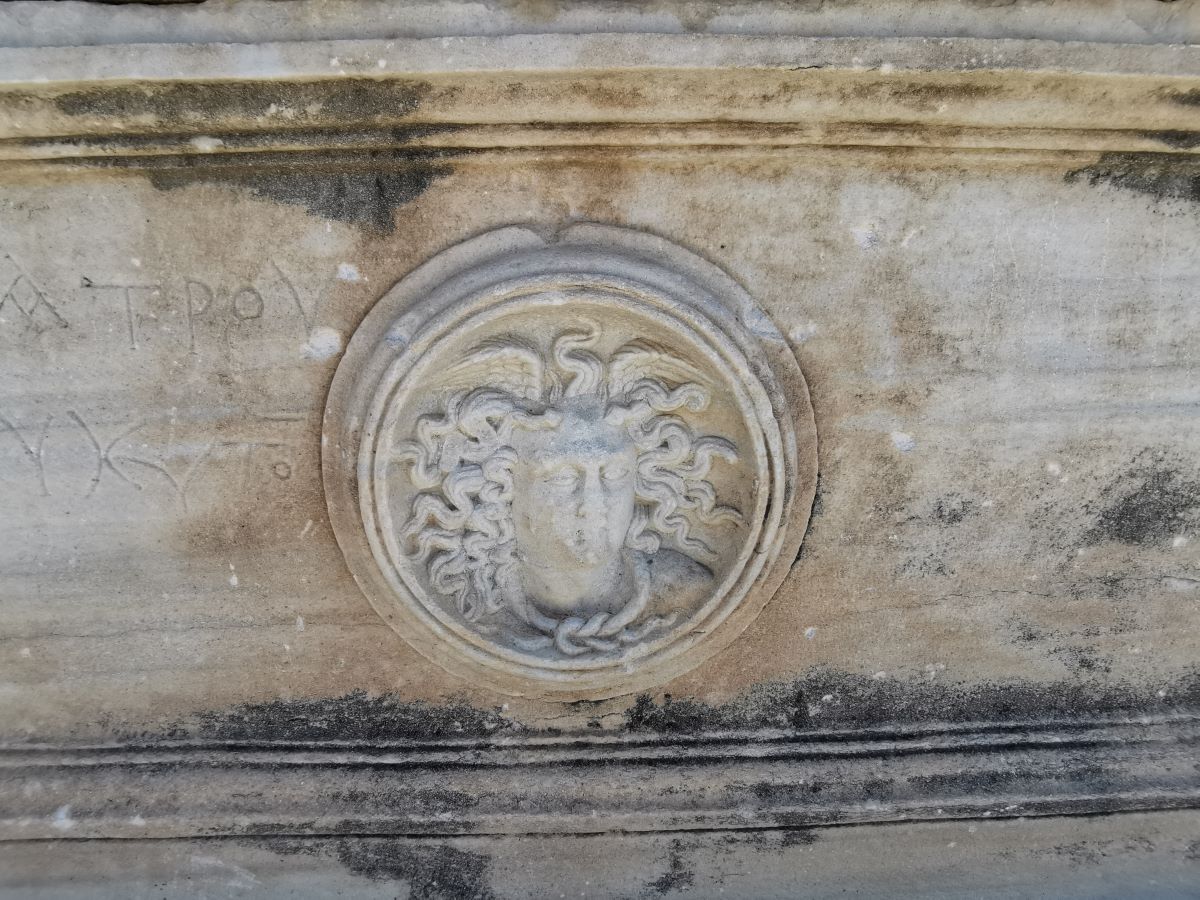The western archeological site of Tyr holds a finely crafted marble sarcophagus that date back to the Byzantine era.
Inscription
The sarcophagus holds a Greek epitaph of a murex fisherman “Of Antipater, murex fisher” – Anti (like) Pater (the father).
Motifs
The sarcophagus is ornamented by a popular funerary motif – the Medusa, a Hellenic emblem for life-force and immortality. It was also used by the Etruscans (ancestors of the Romans) as a mean of resurgence of life beyond the grave, as well as the resurgence of life on earth in the spring.
The lid is carved with overlapping scales, representing actually the fish scale.
Murex
Murex fishing was an important activity in Tyre during antiquity: the murex snails provided purple dye that was extracted, produced and sold at high prices for the nobles throughout the Mediterranean.
Karim Sokhn
Tour Operator & Tour Guide
Reference:
Protégé : EpiTyr
Rey-Coquais, Jean-Paul, 1977, Inscriptions greques et latines decouvertes dans les fouilles de Tyr (1963-1974)



